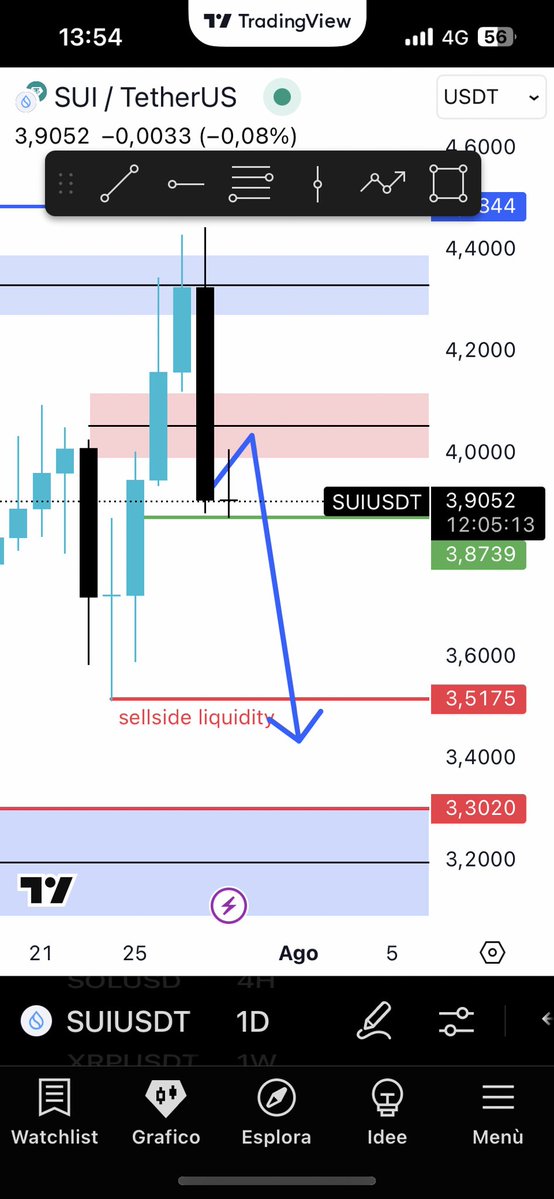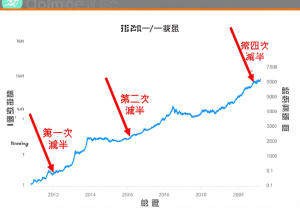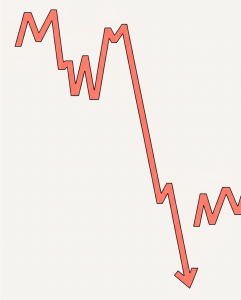
The Cryptocurrency Landscape in 2025
Imagine standing at the edge of a digital frontier, where fortunes are made and lost in the blink of an eye. Welcome to the world of cryptocurrency in 2025, a realm where innovation meets speculation, and where understanding the landscape can mean the difference between striking digital gold and watching your investments evaporate. Let’s dive in and explore the exciting and ever-evolving world of cryptocurrency.
The Evolution of Cryptocurrency
A Brief History
Cryptocurrency has come a long way since the launch of Bitcoin in 2009. What started as a niche interest for tech enthusiasts has grown into a global phenomenon, with thousands of cryptocurrencies vying for attention. The journey has been marked by dramatic highs and lows, from the meteoric rise of Bitcoin to the explosive growth of altcoins like Ethereum and the emergence of meme coins like Dogecoin.
The Current State
As of 2025, the cryptocurrency market is more diverse and dynamic than ever. New technologies like blockchain 3.0 and decentralized finance (DeFi) are pushing the boundaries of what’s possible. Meanwhile, established players like Bitcoin and Ethereum continue to dominate the market, with Bitcoin often seen as digital gold and Ethereum as the backbone of decentralized applications.
Technical Analysis and Investment Potential
Short-Term Indicators
When analyzing the investment potential of cryptocurrencies, it’s crucial to look at both short and long-term indicators. Short-term indicators can provide valuable insights into market sentiment and potential price movements. For example, technical analysis tools like moving averages, relative strength index (RSI), and Bollinger Bands can help traders identify trends and make informed decisions. Platforms like ExchangeFlow offer in-depth analysis, making it easier for both beginners and seasoned traders to navigate the market[2].
Long-Term Indicators
Long-term indicators, on the other hand, focus on the fundamental strengths of a cryptocurrency. Factors such as the technology behind the coin, the team behind the project, and the real-world use cases can all play a significant role in determining its long-term success. For instance, Bitcoin’s limited supply and widespread adoption make it a strong contender for long-term investment. Similarly, Ethereum’s smart contract capabilities and growing ecosystem of decentralized applications (dApps) position it as a key player in the future of finance and technology.
Key Players and Market Dynamics
Major Cryptocurrencies
Bitcoin and Ethereum remain the heavyweights of the cryptocurrency world, but they are not alone. Other notable players include:
– Tether (USDT): A stablecoin pegged to the US dollar, providing a haven for investors during market volatility.
– Binance Coin (BNB): The native token of the Binance exchange, which offers discounts on trading fees and has a growing ecosystem of use cases.
– Solana (SOL): Known for its high-speed transactions and low fees, Solana is gaining traction as a viable alternative to Ethereum.
Emerging Trends
The cryptocurrency landscape is constantly evolving, with new trends emerging all the time. Some of the most exciting developments in 2025 include:
– Decentralized Finance (DeFi): DeFi platforms are revolutionizing traditional financial services by offering decentralized lending, borrowing, and trading.
– Non-Fungible Tokens (NFTs): NFTs are unique digital assets that represent ownership of a specific item or piece of content. They have gained popularity in the art, gaming, and collectibles markets.
– Web3 and the Metaverse: The next generation of the internet, Web3, promises a more decentralized and user-centric experience. The metaverse, a virtual world where users can interact, work, and play, is another exciting frontier.
The Role of Technical Analysis
Tools and Techniques
Technical analysis is a cornerstone of cryptocurrency trading. By analyzing historical price data and market trends, traders can make informed decisions about when to buy, sell, or hold. Some of the most commonly used tools and techniques include:
– Chart Patterns: Patterns like head and shoulders, double tops, and triangles can indicate potential price movements.
– Indicators: Technical indicators like moving averages, RSI, and MACD can help traders identify trends and momentum.
– Elliott Wave Theory: This theory suggests that market prices move in waves, which can be analyzed to predict future price movements.
Platforms and Resources
There are numerous platforms and resources available for traders to conduct technical analysis. Some of the most popular include:
– TradingView: A comprehensive charting platform with a wide range of technical indicators and tools.
– CoinMarketCap: A leading cryptocurrency data provider that offers real-time market data and analysis.
– ExchangeFlow: A platform for comparing cryptocurrency exchanges and wallets, offering in-depth analysis tailored to individual needs[2].
Real-World Applications and Partnerships
Corporate Adoption
The adoption of cryptocurrency by major corporations is a significant indicator of its growing legitimacy. For example, Nvidia’s strategic partnership with Humain to build AI factories in Saudi Arabia highlights the potential for blockchain technology in real-world applications[3]. Similarly, the Nasdaq-listed GD Culture Group’s $300 million funding commitment to establish a crypto reserve of Bitcoin and TRUMP coin underscores the growing interest in digital assets[5].
Government Regulations
Governments around the world are also taking notice of the cryptocurrency phenomenon. India’s proposal to hike tariffs on U.S. goods in retaliation to aluminum and steel safeguard measures is one example of how geopolitical factors can influence the cryptocurrency market[4]. As regulations continue to evolve, it will be crucial for investors to stay informed and adapt to the changing landscape.
The Future of Cryptocurrency
Opportunities and Challenges
The future of cryptocurrency is bright, but it is not without its challenges. Opportunities abound in areas like DeFi, NFTs, and the metaverse, but investors must also be aware of the risks associated with market volatility, regulatory uncertainty, and technological hurdles. By staying informed and leveraging the tools and resources available, investors can navigate this dynamic landscape and capitalize on the opportunities it presents.
The Road Ahead
As we look to the future, it’s clear that cryptocurrency will continue to play a significant role in the global economy. Whether you’re a seasoned trader or a curious newcomer, there’s never been a better time to dive into the world of cryptocurrency. With dedication, careful analysis, and a bit of luck, you too can be part of this exciting digital frontier.
Conclusion: Embracing the Digital Frontier
The world of cryptocurrency is a thrilling and ever-changing landscape, full of opportunities and challenges. By understanding the key players, leveraging technical analysis, and staying informed about real-world applications and regulations, investors can navigate this dynamic market and capitalize on its potential. So, are you ready to embrace the digital frontier and take your place in the exciting world of cryptocurrency?
Sources
[1] @WebbA_sa537
[2] @GRUMP_TRUMP_
[3] @CryptoBuletin8
[4] @CryptoBuletin8
[5] @CryptoBuletin8







